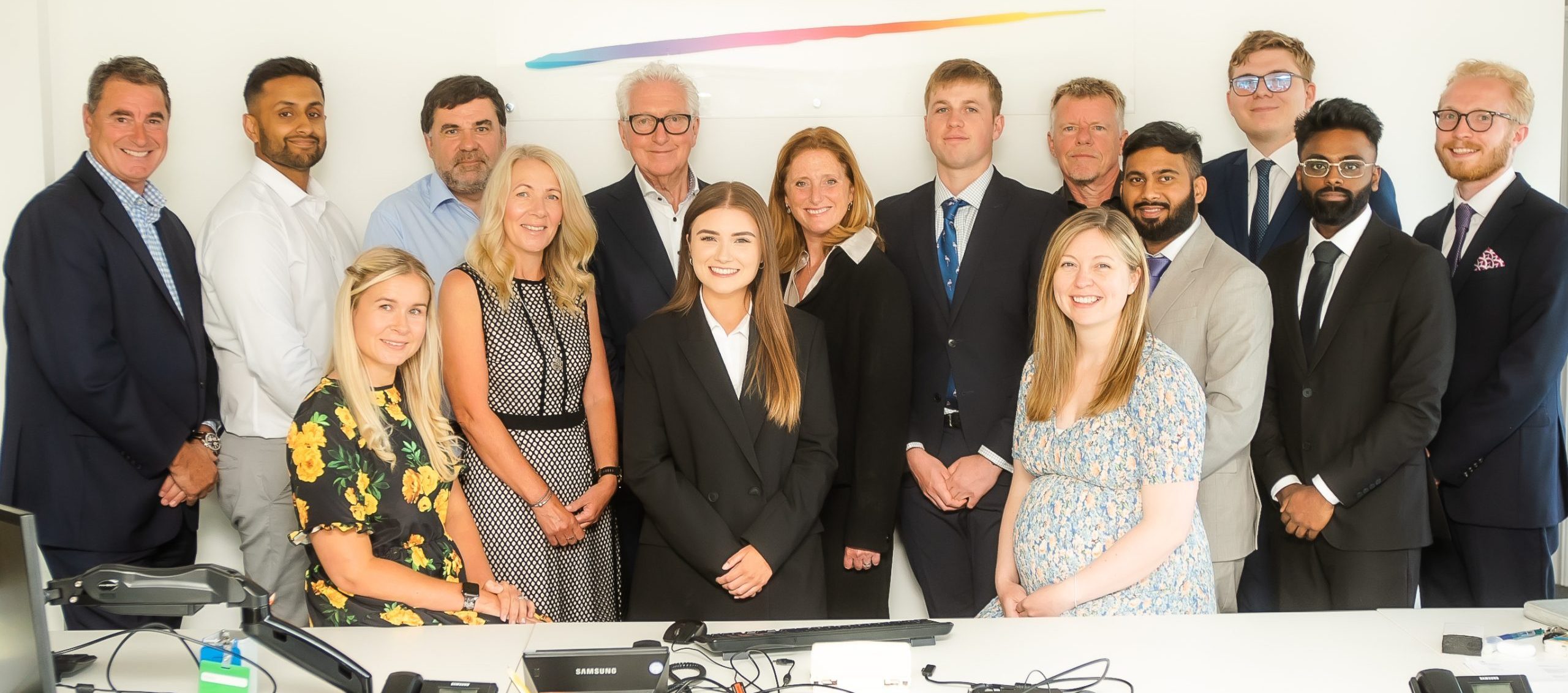Fiscale win legal victory for tax fairness for SMEs against HMRC!
Read more...The service and commitment from the Fiscale team was excellent in achieving a successful conclusion to our R&D Tax Credits report.
Very Experienced, efficient and knowledgeable staff
Fiscale a very diligent and have always delivered on their services, with a 100% success rate for Eclipse.
